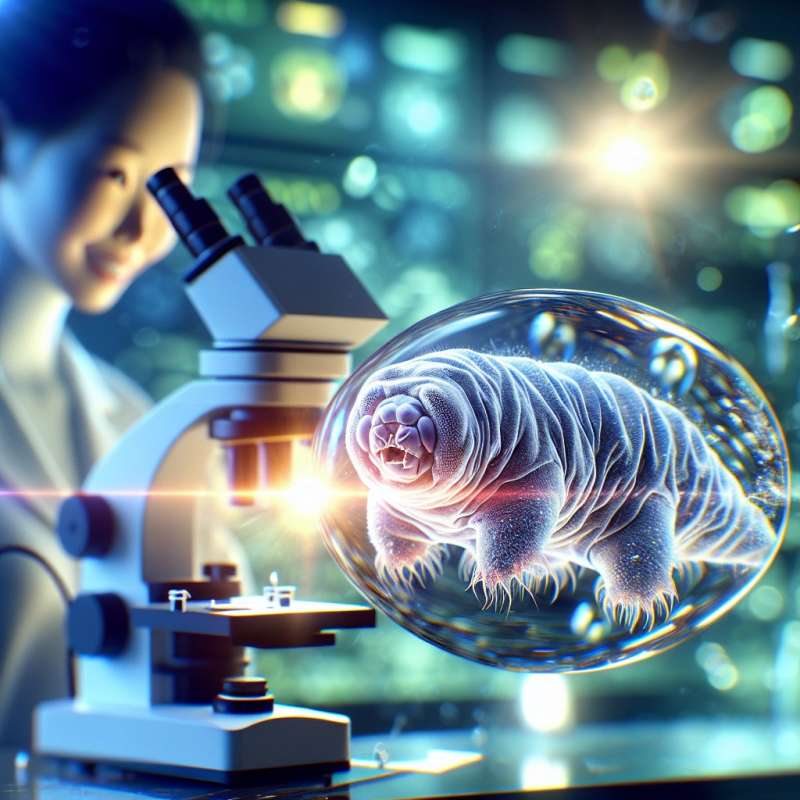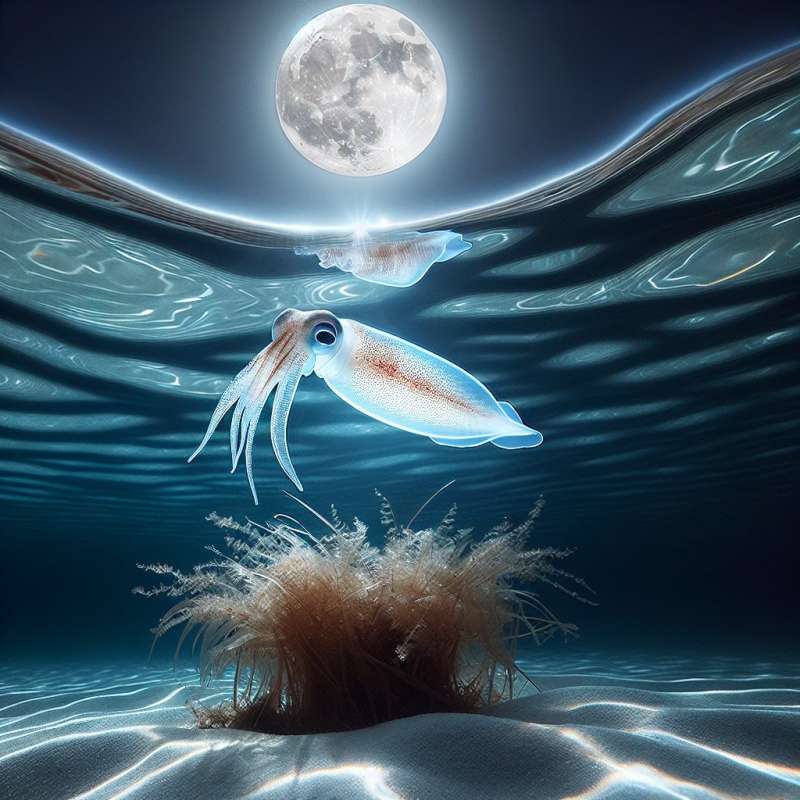
Life's Building Blocks
All living organisms are comprised of cells, the basic units of life. The cell theory, established in the 19th century, states that all organisms are made of cells and that cells are the fundamental unit of structure and function in living things.
DNA - Genetic Blueprint
Deoxyribonucleic acid (DNA) carries genetic instructions for development, functioning, growth, and reproduction of all known organisms. Interestingly, human DNA is 99% identical to that of a chimpanzee and about 50% to that of a banana.
Photosynthesis: Energy Conversion
Photosynthesis is not just for plants. Some bacteria also photosynthesize, using sunlight to convert carbon dioxide and water into sugars. This process is crucial for life on Earth as it provides the oxygen we breathe and the food we eat.
Extremophiles: Life's Limits
Extremophiles are organisms that thrive in extreme conditions, such as hydrothermal vents or acidic environments. The tardigrade, also known as the water bear, can survive in the vacuum of space and extreme radiation.
Biological Sex Determination
While humans typically have XX or XY chromosomes determining biological sex, it's not universal. For instance, birds use ZW for females and ZZ for males. Some reptiles' sex is determined by the incubation temperature of the eggs.
Symbiosis: Mutual Benefits
Symbiotic relationships are fascinating. The bobtail squid has light-emitting bacteria living inside it, which helps it to camouflage at night. In return, the bacteria receive nutrients and a safe habitat within the squid's light organ.
Evolutionary Mysteries
The platypus, an egg-laying mammal, puzzles biologists. It possesses a mix of mammalian, bird, and reptilian features, challenging the traditional categories of classification and providing insight into the evolutionary process.Human-Microbe Symbiosis
Human bodies contain more microbial cells than human cells, highlighting the symbiotic relationship crucial for our health and ecosystem balance.
What is the basic unit of life?
The multicellular organism
The individual cell
The organ system
Company